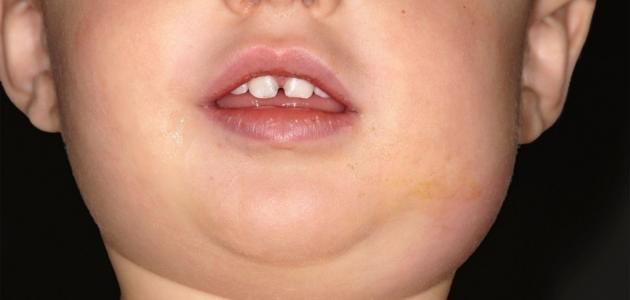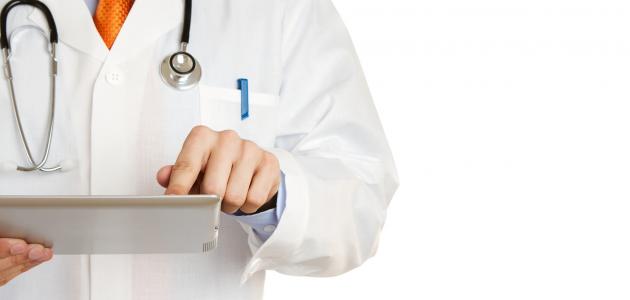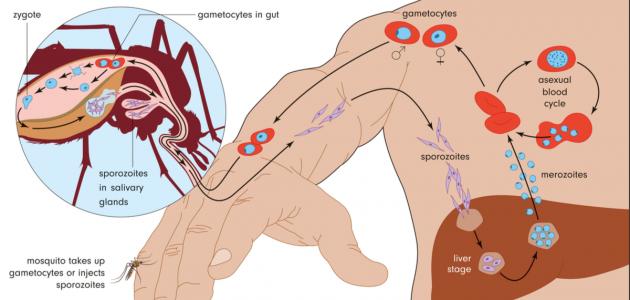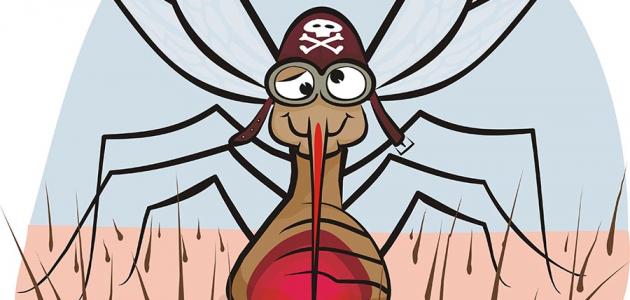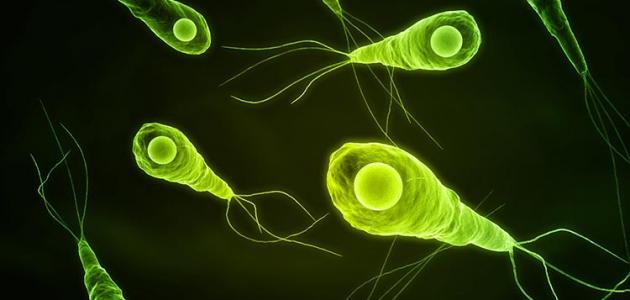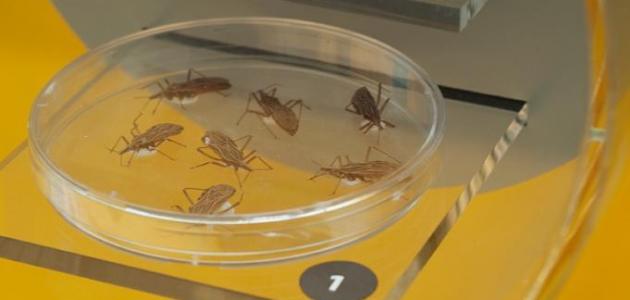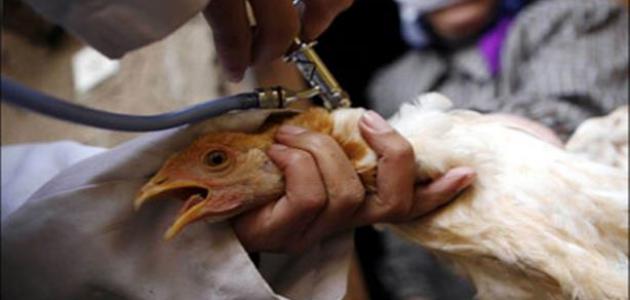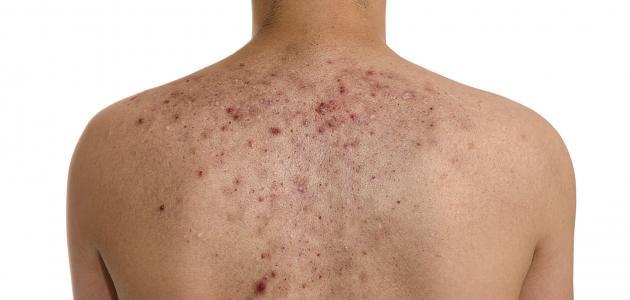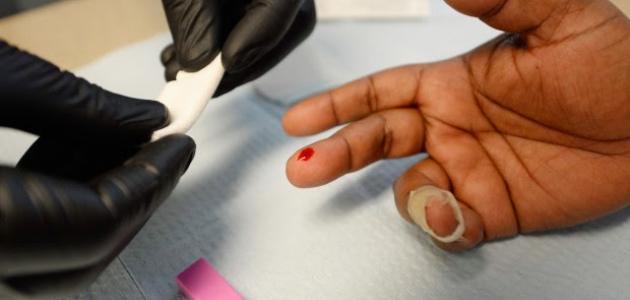Contents
Abu Daghim disease
Abu Daghim disease , also known as mumps, epidemic parotitis, mumps infection, mumps child, parotitis, parotitis, Abu Kaab , or parotid disease, is an infectious disease caused by Infection with one of the viruses that belong to the Paramyxoviridae family, and is considered a highly contagious disease that is transmitted through saliva, as is the case with cold or flu, and Abu Daghim disease may affect people of different ages, but it usually affects children, [1 ]The virus often affects the parotid glands, causing them to swell, and it is indicated that the parotid glands represent the glands responsible for producing saliva, and the glands are located at the bottom and front of the ears, and it is indicated that mumps disease may affect any other part of the body, and mumps infection was common to That the vaccine known as the Triple Vaccine or the Measles Mumps and Rubella Vaccine vaccine, and for short (MMR) was introduced and that was 1967 AD, [2] and as soon as a person is infected with mumps, he has immunity that enables him to combat this infection if exposed to it In the future, [3], once the virus enters the body, it moves to the bloodstream and then to other parts of the body. The following is a statement of the most prominent parts of the body that may be affected by mumps infection: [4]
- Testicles: If the testicles are affected by a mumps infection, some symptoms may appear. Including their swelling, feeling pain, or pain when touched, and sometimes they may cause permanent atrophy in them, and rarely cause sterility.
- Ovaries: The ovaries are affected by mumps infection, and may cause several symptoms. Among them is pain in the lower abdomen, but this infection does not lead to sterility.
- Pancreas: Mumps may affect the pancreas, causing infection and inflammation of the pancreas, and abdominal pain may result.
- The brain: Once the virus enters the bloodstream, it may reach the brain, and may cause meningitis or encephalitis.
- Other places: Other parts of the body may be affected by mumps infection; Such as: the lungs, thyroid gland, and joints, which is considered rare.
Symptoms of Abu Daghim disease
Some people with Abu Daghim disease may not have any signs or symptoms indicative of the disease, while others suffer from mild symptoms, and mumps symptoms usually develop and appear after two to three weeks of exposure to the virus, and from the initial signs and symptoms of the disease; The salivary glands swell, causing the cheeks to swell, and a person with mumps infection may show other symptoms, including the following: [5] [6]
- Feeling pain in the swollen salivary gland area; Whether it is on one side or both sides of the face, it often occurs on the third day after exposure.
- Feeling of pain when swallowing or chewing.
- Loss of appetite .
- fever.
- Muscle pain.
- Feeling tired and unwell.
- Headache.
Causes of Abu Daghim disease and methods of transmission
As previously indicated, mumps disease is caused by the mumps virus, which is transmitted through the air, and the disease can spread as follows: [7]
- Exposure to droplets from the cough or sneeze of an infected person, as the droplets may transmit through the air to a healthy person, causing the virus to be transmitted to him.
- The infected person touched his nose or mouth, and then touched other things such as the desktop or door handle, causing the virus to be transmitted to it, and if others touched these items contaminated with the virus, the infection may be transmitted to them.
- Sharing cups, plates, and other utensils with a person with mumps.
Usually mumps is contagious a few days before the mumps swelling occurs, and it remains so until a few days after the swelling occurs, and therefore it can be said that it is possible that the infection will pass from infected to healthy even if the symptoms of infection do not appear on the person, and accordingly the affected people are advised Mumps by absenteeism from work or school for five days after the onset of symptoms if the individual was diagnosed with Abu Daghim disease. [7]
Prevention of Abu Daghim disease
It is important to ensure that the child has immunity to mumpsIt is considered the best way to protect them from infection with this infection, and protection against mumps can be achieved in most children by giving them certain types of vaccines that mumps are part of; Such as the triple vaccine, which represents the measles, mumps and rubella vaccine, or the quadruple vaccine, which represents the measles, mumps, rubella, and chicken pox vaccine , and sometimes people who have already been vaccinated may develop mumps; But the severity of their symptoms is less compared to people who did not receive the vaccine, and the vaccine is given to children when they reach the age of 12-15 months, and the other dose is taken from it when they reach the age of 4-6 years, and it is worth noting that the third dose of the vaccine is not a routine form recommended. Taking it, and doctors may recommend people who are more likely to have mumps to take more doses of the vaccine during an outbreak of mumps disease, and in general travelers, university students, and health care workers are advised to make sure that they receive two doses of the vaccine. As one dose of the vaccine is not sufficient to completely prevent the disease.[8] [5]
Diagnosis of Abu Daghim disease
Mumps is diagnosed by a combination of methods. Among them is the physical examination, which is mainly relied upon, in addition to subjecting him to a set of other tests aimed at confirming the diagnosis of the disease, [9] of which we mention the following: [10]
- Blood test: The blood test usually takes less than five minutes, and this procedure includes drawing a blood sample by inserting a small needle into a vein in the arm and collecting a small amount of blood in a test tube to be subjected to laboratory examination, As the needle is inserted and removed, a person may feel a little tingling.
- Swab test: This includes taking an eye from the nose or throat by wiping with a specific instrument.
- Sipped the nose: , the health care provider by injecting saline solution into the nose; Then the sample is taken by performing a gentle nasal suction.
- Spinal puncture: , this procedure is competent to enter a high and hollow needle into the spine in order to take a sample of the liquid in which, it is worth mentioning that the spinal puncture is not being in all cases; It is rather limited to suspected cases of encephalitis or meningitis .
Advice for Abu Daghim patients
People with mumps or who have a child with the disease are advised to follow the following advice: [11]
- Get enough rest and stay in bed until the symptoms of the disease subside.
- Ensure that you drink plenty of fluids. Usually, it is preferable to drink water, and avoid acidic drinks that may irritate the parotid gland.
- Use over-the-counter pain relievers to dispense; Calacetamol (Paracetamol) and Ibuprofen , with the aim of relieving and relieving pain associated with infection, and it should be taken into account the need to avoid giving aspirin to those under 16 years old.
- Eat foods that don't require effort to chew, such as mashed potatoes and soup.
- Applying cold compresses to the swollen glands area, which helps relieve pain.
Treatment of Abu Daghim disease
In fact, there is no medicinal treatment for Abu Daghim virus until now, and the treatment plan is based on relieving symptoms until the infected body's immunity can fight the infection, and the infection usually clears up within a period ranging between one to two weeks, [12] and because mumps infection is considered an infection Viral ; There is no need to use antibiotics , and experts have not been able to come up with anti-virus drugs for Abu Daghim until now. [3]
References
- ↑ Dr Mary Harding (20-2-2018), "Mumps" , patient.info , Retrieved 9-3-2020. Edited.
- ↑ Renee A. Alli, MD (14-12-2018), "What Are the Mumps?" , The www.webmd.com , Retrieved 9-3-2020. Edited.
- ^ A b Michael Paddock (14-12-2017), "What ' To Know About Mumps" , www.medicalnewstoday.com The , Retrieved 9-3-2020. Edited.
- ↑ "Mumps" , www.drugs.com , 4-3-2019, Retrieved 9-3-2020. Edited.
- ^ A b "Mumps" , Www.mayoclinic.org , Retrieved 9-3-2020. Edited.
- ↑ "mumps" , www.verywellhealth.com , Retrieved 10-04-2020. Edited.
- ^ A b "Mumps" , Www.nhs.uk , 13-7-2018, Retrieved 9-3-2020. Edited.
- ↑ Elana Pearl Ben-Joseph, MD, "Mumps" , kidshealth.org , Retrieved 9-3-2020. Edited.
- ↑ "Mumps" , www.aboutkidshealth.ca , 19-8-2014, Retrieved 10-3-2020. Edited.
- ↑ "Measles and Mumps Tests" , medlineplus.gov , Retrieved 3-10-2020. Edited.
- ↑ "Mumps" , www.healthdirect.gov.au , Retrieved 10-3-2020. Edited.
- ↑ "Mumps" , www.nhsdirect.wales.nhs.uk , 23-12-2019, Retrieved 10-3-2020. Edited.
